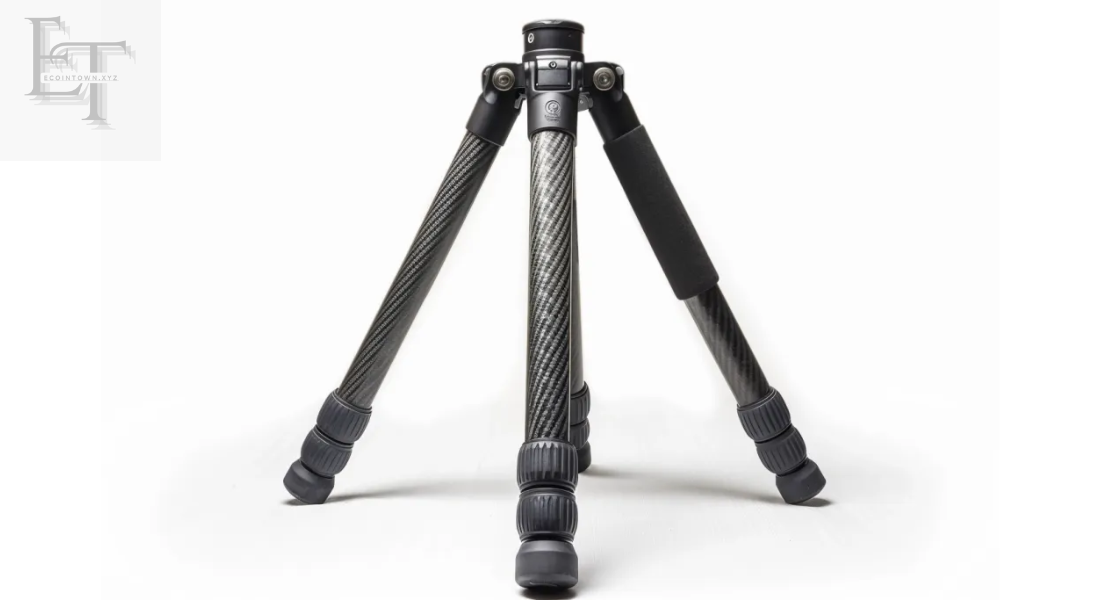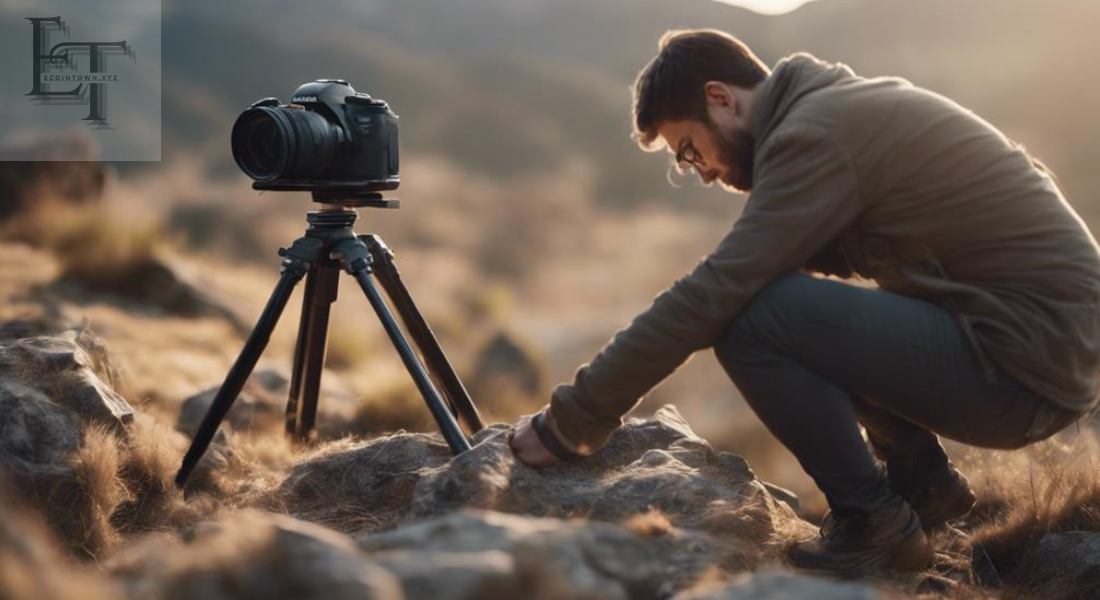The tripod is an essential tool for photographers and videographers, but its performance largely depends on the quality of its leg locks. Tripod leg locks determine how quickly and securely you can set up, adjust, or stabilize your equipment. Understanding their types, features, and advantages can transform your photography experience, making every shoot seamless and efficient.
Exploring the Importance of Reliable Leg Locks
Reliable tripod leg locks are crucial for stability and precision. These mechanisms ensure that your tripod maintains its position, even when supporting heavy cameras or lenses. Without dependable leg locks, your equipment risks instability, leading to blurry shots or potential damage.
A tripod’s leg locks also affect how quickly you can adjust your setup. For fast-paced shoots, such as wildlife or sports photography, efficiency is key. High-quality leg locks save time and effort, allowing you to focus on capturing the perfect shot rather than struggling with equipment.
Understanding the Two Main Types of Leg Locks
Tripod leg locks come in two primary types: twist locks and flip locks. Each has distinct features suited to different preferences and scenarios.
- Twist Locks: These operate by twisting the leg sections to tighten or loosen them. Known for their sleek design and smooth operation, twist locks are favored for their compactness and resistance to accidental unlocking.
- Flip Locks: These use levers that snap open or shut to lock the legs in place. Flip locks are known for their speed and ease of use, making them a popular choice for photographers who need quick adjustments.
Both types have their advantages, and choosing the right one depends on your shooting style and the environments you frequent.
Choosing the Best Locking Mechanism for Your Needs
Selecting the ideal tripod leg locks requires considering factors like the weight of your equipment, the type of photography you practice, and personal preference.
For heavy setups, twist locks offer excellent support and stability. They distribute tension evenly across the legs, reducing the risk of slipping. On the other hand, flip locks excel in situations requiring rapid adjustments, such as event photography or capturing fleeting moments in nature.
Trying both types before purchasing a tripod can help you determine which feels more intuitive and reliable in your hands.
How High-Quality Materials Enhance Performance
The materials used in tripod leg locks significantly impact their durability and performance. High-grade aluminum or carbon fiber ensures lightweight yet strong construction, while rubberized grips on twist locks improve handling in wet or cold conditions.
Premium flip locks often feature reinforced plastic or metal components that withstand repeated use without wear. Investing in tripods with robust materials guarantees long-lasting performance and reduces the need for frequent replacements.
Tips for Maintaining Tripod Leg Locks
Proper maintenance extends the life of your tripod leg locks and ensures optimal performance. Follow these tips for regular upkeep:
- Keep Them Clean: Dirt and sand can compromise locking mechanisms. Wipe down locks after outdoor shoots, especially in sandy or muddy environments.
- Lubricate Moving Parts: Apply a small amount of silicone-based lubricant to twist or flip locks to keep them operating smoothly.
- Check for Wear and Tear: Inspect locks periodically for signs of damage or loosening. Tighten screws or replace worn-out components as needed.
Maintaining your tripod leg locks not only enhances reliability but also prevents costly repairs or replacements.
Common Problems and Solutions with Leg Locks
Even high-quality tripod leg locks may encounter issues over time. Understanding common problems and their solutions ensures that your tripod remains functional during critical moments.
- Slipping Locks: This occurs when the lock fails to hold the leg firmly. Tighten the lock or clean it to remove debris.
- Stiff Operation: Difficulty opening or closing locks often results from dirt or lack of lubrication. Regular cleaning and lubrication solve this issue.
- Loose Levers or Collars: For flip locks, tighten screws securing the levers. For twist locks, check the collar mechanism and reassemble if necessary.
Addressing these issues promptly ensures that your tripod performs reliably in any situation.

Exploring Innovations in Leg Lock Technology
Modern tripod leg locks incorporate innovative designs to enhance functionality and user experience. Some brands offer auto-locking systems that secure the legs instantly upon extension. Others feature ergonomic designs that improve grip and reduce strain during long shoots.
Magnetic locking mechanisms are emerging as another innovation, combining speed and precision. These systems use magnets to hold locks in place, eliminating the need for manual tightening. Such advancements demonstrate the potential of leg lock technology to revolutionize tripod performance.
Why Photographers Value Smooth Operation
Photographers often prioritize smooth operation when choosing tripod leg locks. Whether capturing stills or videos, the ability to adjust tripod height quickly and quietly is essential. Smooth locks prevent disruptions during shoots, especially in environments requiring silence, such as wildlife photography or filming.
Ergonomics also play a vital role in enhancing user experience. Leg locks with textured surfaces or rubberized grips provide secure handling, even in challenging conditions. These thoughtful features make photography more enjoyable and efficient.
Comparing Leg Locks Across Top Brands
Major tripod brands offer unique approaches to leg lock design. Exploring these variations helps you choose a product that aligns with your needs:
- Manfrotto: Known for sturdy flip locks that ensure quick setup and adjustment.
- Gitzo: Features ultra-smooth twist locks with high precision, ideal for professional use.
- Benro: Offers a balance between affordability and performance, with both twist and flip options.
- Peak Design: Incorporates innovative designs for compact tripods, prioritizing portability.
Each brand has its strengths, so comparing their leg lock features can guide you toward the best option for your photography style.
How Weather Conditions Affect Lock Performance
Extreme weather can challenge the performance of tripod leg locks. Cold temperatures may cause stiffness, while humidity can lead to rust or corrosion in poorly maintained locks.
To combat these issues, choose tripods with weather-resistant materials and seals. Additionally, keeping locks clean and dry after exposure to harsh conditions preserves their functionality.
Investing in High-Quality Equipment for Long-Term Success
Tripod leg locks are a critical component of any photography setup. Investing in high-quality locks ensures stability, longevity, and ease of use, ultimately improving your craft. The right locks provide confidence in your equipment, allowing you to focus on creativity and capturing unforgettable moments.
By understanding their importance and maintaining them properly, you can elevate your photography experience and achieve professional results. Make the right choice, and your tripod will remain a reliable companion for years to come.
